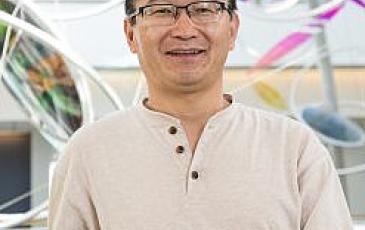Speaker: Denise M. Monack, Professor, Stanford University School of Medicine
Salmonella is a remarkably adaptable enteric pathogen capable of persisting in hosts for extended periods and spreading stealthily to new ones. Our work dissects the intricate interplay among the immune system, the gut microbiota, and Salmonella using a mouse model of chronic infection. We have identified a unique subpopulation of “superspreader” mice that harbor high pathogen loads, remain asymptomatic, and efficiently transmit Salmonella to naïve hosts. Through careful microbiome analysis, we show that Bacteroides spp. exert powerful colonization resistance by producing the short-chain fatty acid propionate, thereby limiting Salmonella expansion. Intriguingly, these superspreader mice exhibit an abundance of regulatory T cells in the colon that express type 1 inflammatory genes and the transcription factor T-bet. These specialized Tregs are essential for suppressing cytotoxic CD4+ T cells, enabling the pathogen to persist in asymptomatic hosts. Finally, we reveal that Salmonella relies on an alpha-N-arabinofuranosidase to harness dietary L-arabinose—a critical metabolic step that drives the emergence of superspreaders. Together, these findings illuminate how Salmonella exploits both the microbiome and immune-mediated disease tolerance to establish chronic infection, offering new insights into pathogen persistence and opportunities for targeted therapeutic intervention.











